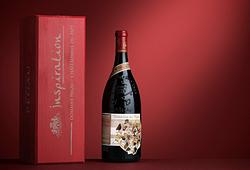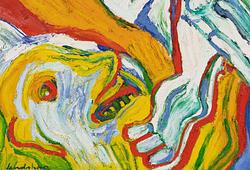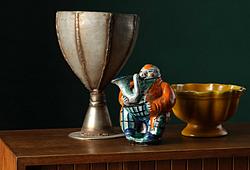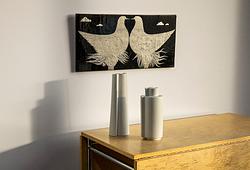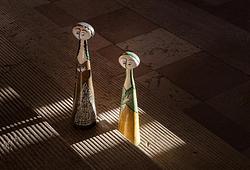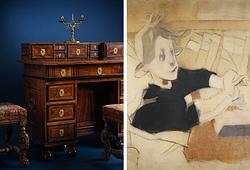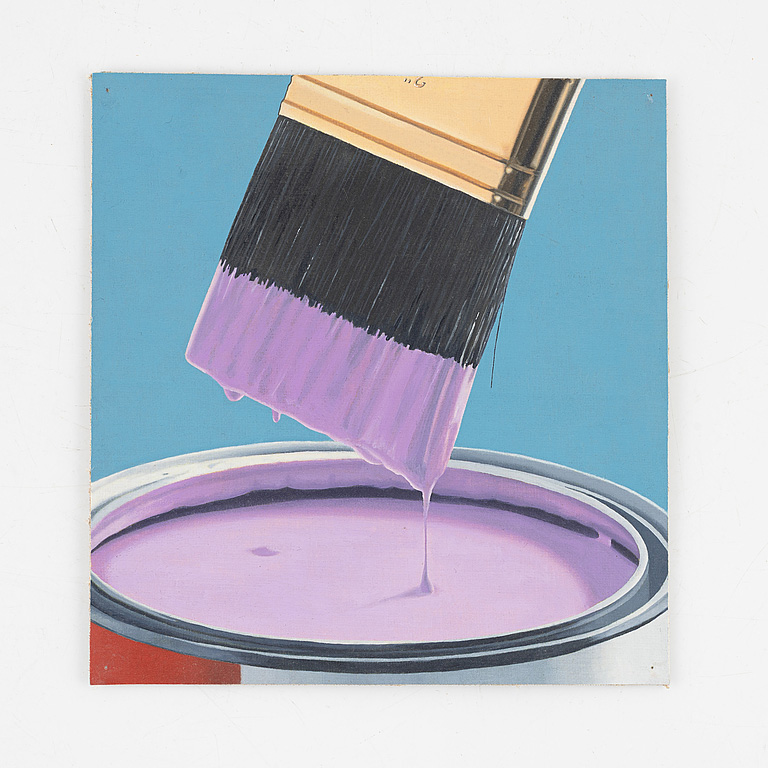Daniel Birnbaum, former director of the Moderna Museet in Stockholm and reviewer, wrote about Twan Janssen in Artforum:
“Many artists today seem intent on destroying painting, or at least on scrutinizing and exhibiting each of its building blocks one by one. Twan Janssen has pushed this inclination farther than most, by focusing in his work on one essential component—the paint itself. He uses acrylic, in a range of colors, and he is willing to do almost anything with the colorful stuff. In his recent exhibition he presented pure paint in various forms. Dried in layers, it was folded and stacked on shelves like towels or linen. Fragments of old, destroyed paintings and bright scraps of paint were meshed together to form big chunks that hung on the wall or were suspended in midair, while netlike carpets of vivid paint were spread across the floor. There were also dried droplets of bright color hanging from a long wire that was stretched alongside the walls of the gallery."
Janssen is not interested in painterly expression in any traditional sense; instead, with very simple means, he creates unexpected events that engage color and space. The small, amorphous lumps of hanging colored stuff were at times surprisingly beautiful; in one area of the space, for example, where the wire ran close to the floor, brilliant yellow drops had fallen so thickly that they formed what resembled tiny pillars of frozen light.
In addition to the works that were formed out of mere paint, the exhibition contained two paintings, both of which could be seen as metastatements of the exhibition as a whole: one depicted a surface in which conspicuous brushwork was visible, and the other showed a paintbrush dipped into a jar of purple paint. The former, which could be related to Roy Lichtenstein’s White Brushstroke, 1965, seemed to contain in one ironic image the essence of painterly expression, while the second was somewhat more Duchampian, concentrating not on the expressive possibilities of paint but, rather, on paint as a readymade substance.
Duchamp’s famous remark about paint, “Since the tubes of paint used by the artist are manufactured and readymade products we must conclude that all the paintings in the world are ‘aided readymades’ and also works of assemblage,” seems to be the point of departure for Janssen’s investigation. He brackets the history of painting in order to render visible its material underpinning: paint in all of its physical guises.
This exhibition, which focused on the disintegration of an art form, evoked at once a feeling of profound emptiness and a certain sense of freedom. After the death of painting, one might wonder: What does one do with the corpse? Janssen, a gravedigger with a comedic bent, just won’t leave it alone. He drags it out of the ground for one final encore, and miraculously the limbs come to life in a danse macabre. Karl Marx, who said that history repeats itself, the first time as tragedy, and the second time as farce, would have understood. Perhaps, Janssen’s work seems to suggest, the long and solemn history of painting’s death is over, and the time has come for gallows humor”. (Artforum)




